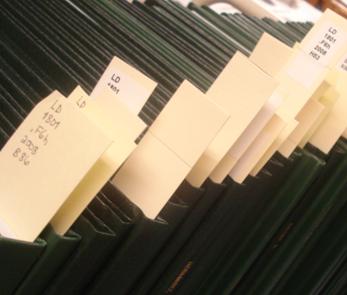
USF St. Petersburg campus Master's Theses (Graduate)
Publisher
University of South Florida St. Petersburg
Document Type
Thesis
Date Available
2015-03-30
Publication Date
2011
Date Issued
2011-04-01 00:00
Abstract
Persistent Organic Pollutants such as polychlorinated biphenyls (PCBs) and Polybrominated Diphenyl Ethers (PBDEs) have been measured in water and sediment samples as well as marine fauna regionally and globally. PCBs and PBDEs persisting in the environment not only impact organisms inhabiting contaminated ecosystems, but may pose a serious threat to human health. This study seeks to measure the concentrations of these anthropogenic compounds in Tampa Bay waters, with the assumption that a representative fraction of the toxins will accumulate in bivalve tissue. Through GC ECD analysis, it was shown that there is an incidence of PCBs and PBDEs in the Tampa Bay area, with the highest quantity of POP observed in visceral bivalve tissue being 25.93pg/g (25.93 ppb) for BDE-99, and was recorded for the TECO Power Plant Manatee sample site in September 2009, using the green mussel as an indicator. Data obtained for this research will be used for continuous biomonitoring purposes. Comparable studies identify maximum POP concentrations permissible prior to a need for advisory to be 14,600pg/g, which is vastly greater than any value recorded for this study, and helps to conclude that the concentrations of PCBs and PBDEs in Tampa Bay could currently be considered negligible.
Creative Commons License

This work is licensed under a Creative Commons Attribution-Noncommercial-No Derivative Works 4.0 License.
Recommended Citation
Basso, Jonelle Tamara, "Using Bivalves to Assess Levels of Persistent Organic Pollutants in Tampa Bay" (2011). USF St. Petersburg campus Master's Theses (Graduate).
https://digitalcommons.usf.edu/masterstheses/59


Comments
A thesis submitted in partial fulfillment of the requirements for the degree of Master of Science, Department of Environmental Science, Policy and Geography, College of Arts and Sciences, University of South Florida St. Petersburg, April 1, 2011.